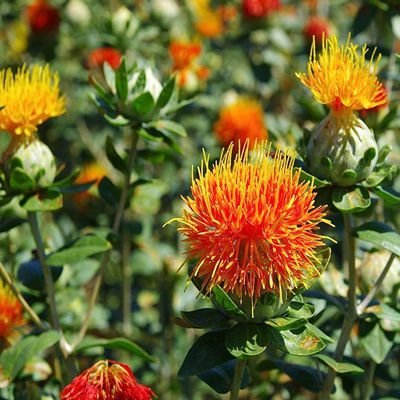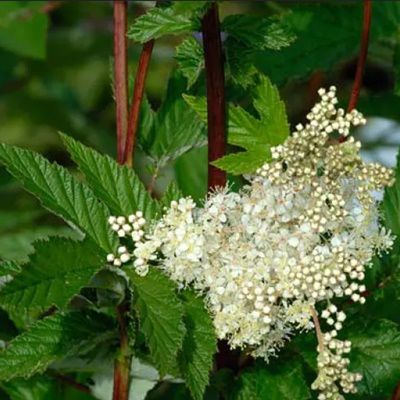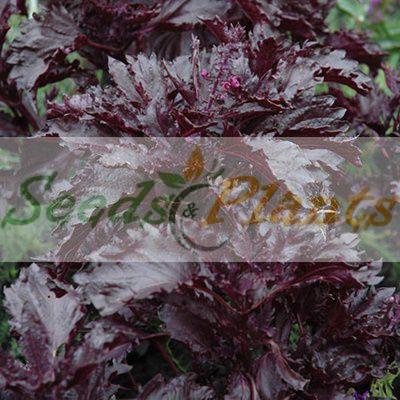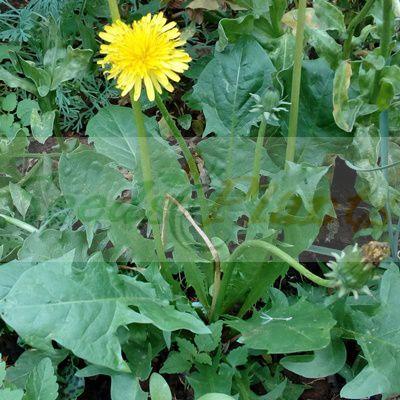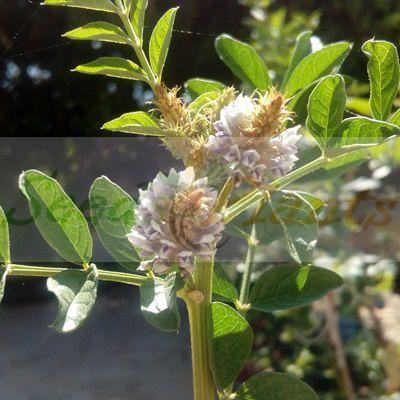🍃 Culinary Quick Facts
Culinary Info
- 🌍 Origin / Region: Central Asia, East Mediterranean Basin, Eastern Europe, Middle East
- 🍽️ Culinary Use: Beverages/Teas, Coloring Agent, Flavoring, Raw Eating, Salads, Vegetable dishes
- 🥗 Edible Part: Flower, Leaf, Seed
- 😋 Flavor Profile: Earthy, Floral, Slightly Bitter
Medicinal Info
- 🌿 Medicinal Part: Flower, Leaf, Seed, Stem
- 🍵 Herbal Preparation: Decoction, Extract / Tincture, Infusion / Tea, Ointments/Creams, Poultice, Powder
- ⚕️ Healing System: Ayurvedic System of Medicine, Chinese Traditional Medicine, Unani System of Medicine
Growth Traits
- 🌱 Life Cycle: Annual
- 🌾 Plant Type: Herbaceous Annual
- 🦋 Pollinator Method: Attracts Bees, Attracts Beetles, Attracts Butterflies, Attracts Hoverflies, Attracts Moths, Attracts Wasps
- 🪴 Growth Habit: Upright
- 🌸 Flower Color: Orange
Growing Requirements
- 🌞 Sun Exposure: Full Sun
- ☀️ Growing Conditions: Drought Tolerant
- 🟤 Soil Preference: Loam, Sandy, Well-Drained
Safflower – 10 Seeds
(Carthamus tinctorius)
R30.00
Safflower is an edible plant and culinary herb. The plants also has medicinal uses.
Common Names: Safflower, Zaffer, Fake Saffron and Dyer’s Saffron.
Indoor Sowing: Not Recommended.
Direct Sowing: Summer.
Only 2 left in stock
🍃 Culinary Quick Facts
Culinary Info
- 🌍 Origin / Region: Central Asia, East Mediterranean Basin, Eastern Europe, Middle East
- 🍽️ Culinary Use: Beverages/Teas, Coloring Agent, Flavoring, Raw Eating, Salads, Vegetable dishes
- 🥗 Edible Part: Flower, Leaf, Seed
- 😋 Flavor Profile: Earthy, Floral, Slightly Bitter
Medicinal Info
- 🌿 Medicinal Part: Flower, Leaf, Seed, Stem
- 🍵 Herbal Preparation: Decoction, Extract / Tincture, Infusion / Tea, Ointments/Creams, Poultice, Powder
- ⚕️ Healing System: Ayurvedic System of Medicine, Chinese Traditional Medicine, Unani System of Medicine
Growth Traits
- 🌱 Life Cycle: Annual
- 🌾 Plant Type: Herbaceous Annual
- 🦋 Pollinator Method: Attracts Bees, Attracts Beetles, Attracts Butterflies, Attracts Hoverflies, Attracts Moths, Attracts Wasps
- 🪴 Growth Habit: Upright
- 🌸 Flower Color: Orange
Growing Requirements
- 🌞 Sun Exposure: Full Sun
- ☀️ Growing Conditions: Drought Tolerant
- 🟤 Soil Preference: Loam, Sandy, Well-Drained
Safflower (Carthamus tinctorius) is a highly branched, herbaceous, thistle-like annual plant in the sunflower family Asteraceae. It is commercially cultivated for vegetable oil extracted from the seeds and was used by the early Spanish colonies along the Rio Grande as a substitute for saffron.
In the same family as sunflower, it is a thistle-like plant with a strong central branch stem and a varying number of branches. Each branch usually has one to five flower heads and each of those heads contains 15 to 20 seeds. Safflower has a taproot system that can penetrate to depths of eight to ten feet, making it more tolerant to drought than small grains.
Common Names: Safflower, Zaffer, Fake Saffron and Dyer’s Saffron.
Safflower Uses
- Its is an edible plant and a culinary herb.
- The tender shoots are used in salads and raw dishes.
- The seeds have a slightly bitter taste, and can be eaten raw or roasted.
- The seeds are high in fats and oils. Safflower seeds are used for oils in cooking.
- Dyes are extracted from its petals, and there are medicinal applications.
- The linoleic acids in safflower seed oil might help prevent “hardening of the arteries,” lower cholesterol, and reduce the risk of heart disease.
Growing Safflower
Indoor Sowing: Not Recommended.
Direct Sowing: Summer.
- The ideal growing requirements are well-drained soils with good water retention, but it will grow in coarse soil with inadequate irrigation or rain. It doesn’t like wet feet, however.
- The seed seeds should be direct sown during November and December after good rains.
- Plant seed 1.5 cm deep in rows that are 15-30.5 cm apart in a prepared firm bed.
- Germination takes place in about one to two weeks.
- Safflower is mature and ready to harvest when most of the leaves have turned brown and the stems are dry, but not brittle. Seeds should rub off freely from the least mature heads.
Can this plant be used for culinary purposes?
Safflower is traditionally used for culinary purposes such as beverages/teas and coloring agent.
Does this plant have medicinal uses?
Traditionally, Safflower has a history of use in various healing systems, including Ayurvedic System of Medicine and Chinese Traditional Medicine. Seeds are sold for cultivation purposes only.
Disclaimer
Medicinal Information:
All medicinal information on this website is for educational and informational purposes only and may not be construed as medical advice. The information is not intended to replace medical advice or treatment offered by healthcare professionals.
Seeds, Plants, Plant Cuttings, Geophytes and Dried Herbs:
In some countries and provinces, certain plants are deemed as invasive and are not allowed to be planted at all, whilst some plants are allowed to be grown only in certain areas or provinces. The onus is on you as the buyer to familiarize yourself with the regulations pertaining to your location, before purchasing any of our seeds, plants, plant cuttings, geophytes or dried herbs. We will not be held liable, should you purchase any seeds, plants, plant cuttings, geophytes or dried herbs. from us which are prohibited in your country or province.



